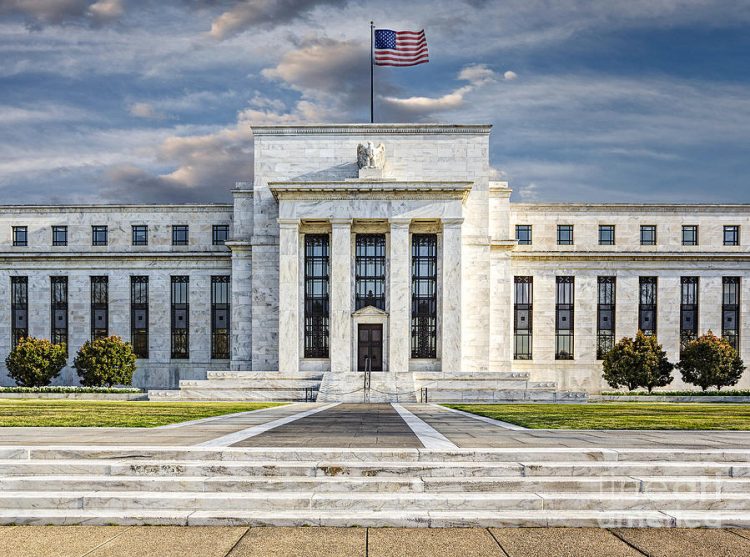Publisher: Maaal International Media Company
License: 465734
Analysts expect Fed not to cut rates this summer
The odds are increasing that the US Federal Reserve will not implement any rate cuts this summer, in light of the release of a group of better-than-expected economic data.
Also, the recent statements by US Federal Reserve officials are directed away from any monetary easing process soon. Moreover, traders have further ruled out the possibility of a rate cut in September, and currently expect one cut to be implemented by the end of 2024.
According to CNBC, Quincy Crosby, chief global strategist at LPL Financial, said that the economy may not calm down as much as the Fed would like. She added: The market takes every piece of data and translates it into how the Fed sees it, so if the Fed is relying on the data, the market will likely be more dependent on the data.
اقرأ المزيد
Over the past week or so, the data has sent a clear signal that economic growth is roughly stable, if not rising, and that inflation is ever-present, as consumers and policymakers remain cautious about the rising cost of living.
An example of this is the unemployment claims report, which a few weeks ago hit the highest level since August 2023, but has since retreated to a trend that suggests companies have not ramped up their pace of firings.
Recent economic data and the Federal Reserve minutes indicate that monetary policy makers still lack the confidence to cut rates, and that there are an unspecified minority that may be open to raising rates if inflation deteriorates.
Michael Gabbin, an economist at Bank of America, said that recent statements by Fed officials and the minutes of the bank’s meeting make it clear that upside surprises in inflation this year, along with strong activity, are likely to rule out the possibility of rate cuts for now.
But at the same time, there is a strong consensus that monetary policy is restrictive, and that rate increases are also unnecessary.
BofA believes that the Fed may wait until December to start cutting rates.
Analysts are awaiting personal consumer spending data in America next week, which is the Fed’s preferred measure of inflation.
Gabin added: If our expectations are correct, inflation will decline on an annual basis by a slight rate to 2.75%. There are very slight signs of progress towards the Federal Reserve’s target of 2%.
While Quincy Crosby, chief global strategist at LPL Financial, confirmed that the economy may not calm down as much as the Fed would like. She added: The market takes every piece of data and translates it into how the Fed sees it, so if the Fed is relying on the data, the market will likely be more dependent on the data.
Over the past week or so, the data has sent a clear signal that economic growth is roughly stable, if not rising, and that inflation is ever-present, as consumers and policymakers remain cautious about the rising cost of living.
An example of this is the unemployment claims report, which a few weeks ago reached the highest level since August 2023, but has since retreated to a trend indicating that companies have not ramped up their pace of firings.









